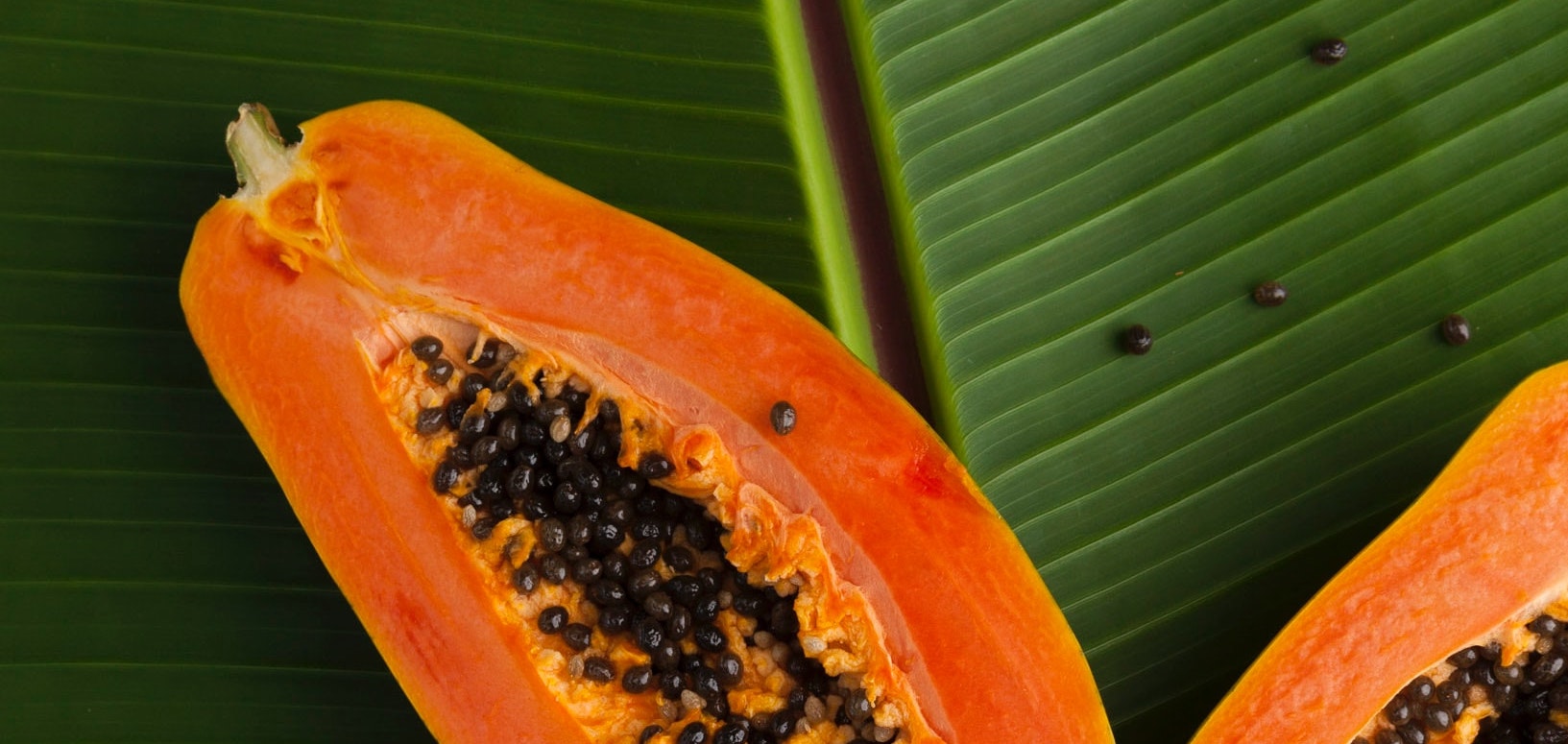Get with the season: eating seasonally is proven to be more nutritional, as the food you’re eating has ripened naturally. It is also a sustainable practice, as the food you’re consuming will have travelled a much shorter distance to reach you than out of season products. This also means that it is fresher, allowing less time for certain antioxidants, such as vitamin C, to degrade.
As spring begins and the days grow longer, an abundance of fruits and vegetables become available, presenting us with exciting possibilities for cooking at home.
- Asparagus risotto makes use of in-season asparagus alongside lemon, basil, and leeks. Whilst the original recipe is finished off with grated pecorino, you can opt out of this to make the dish vegan.
- This pea, mint, and spring onion soup is a minimalist dish that works wonders with its core ingredients. It also includes in-season potatoes and parmesan biscuits, giving it a subtle twist.
- This spring vegetable pie recipe consists of flat leaf parsley and tarragon with peas and baby leeks. The addition of mascarpone adds a creaminess to the vegetables which are then enclosed in golden pastry.
- With cauliflower now in season, this roasted cauliflower pasta is filled with healthy spring ingredients, as well as garlic, anchovies and capers. It is highly nutritious and simple to make.
- Finally, seasonal smoothy options are plentiful as strawberries, apricots and cherries become freshly available. There’s a great list here, with smoothies that help boost immunity, improve digestive function, and enhance sleep.
Whatever you choose to cook with this spring, making use of in-season ingredients is a healthier, greener way of entering the next part of the year.


